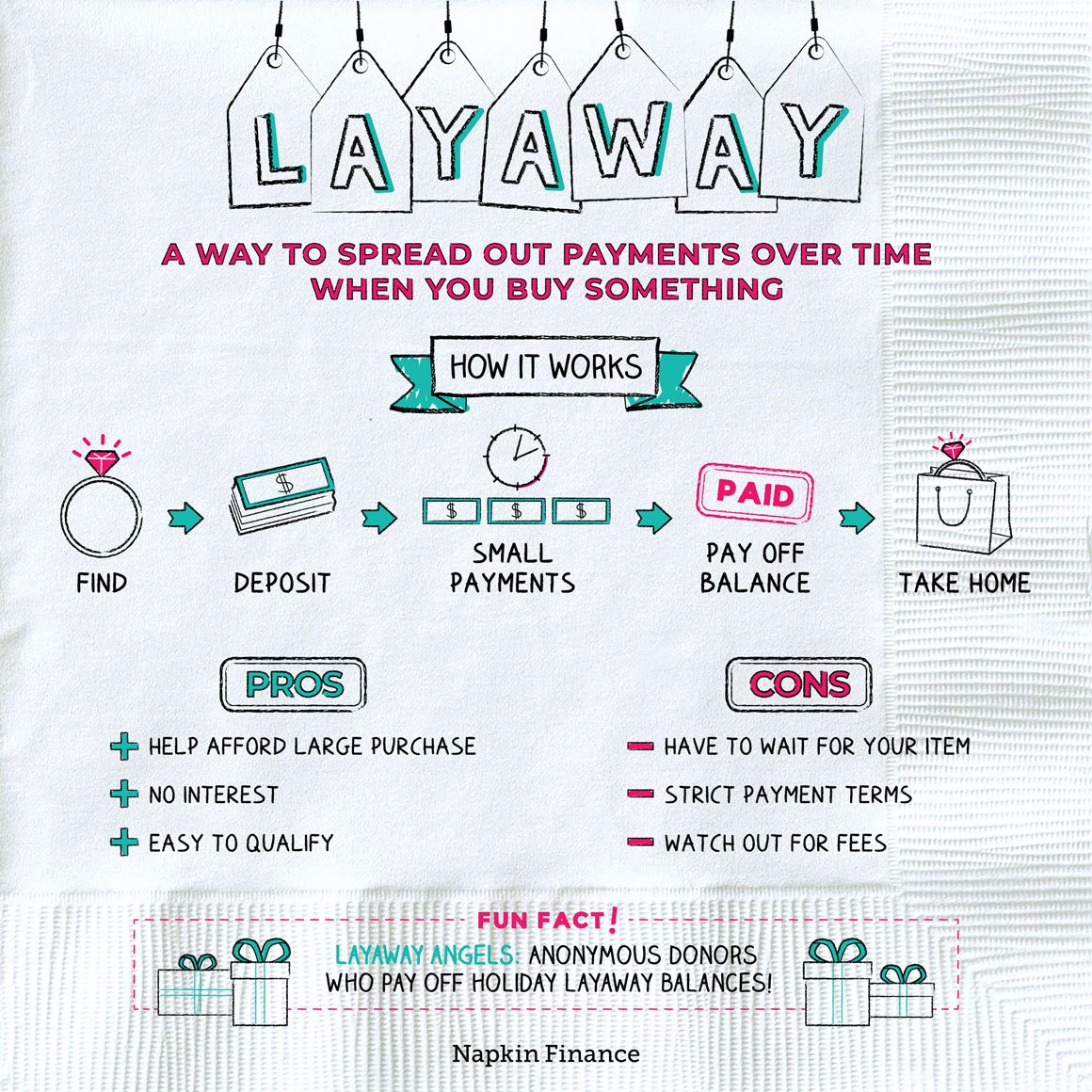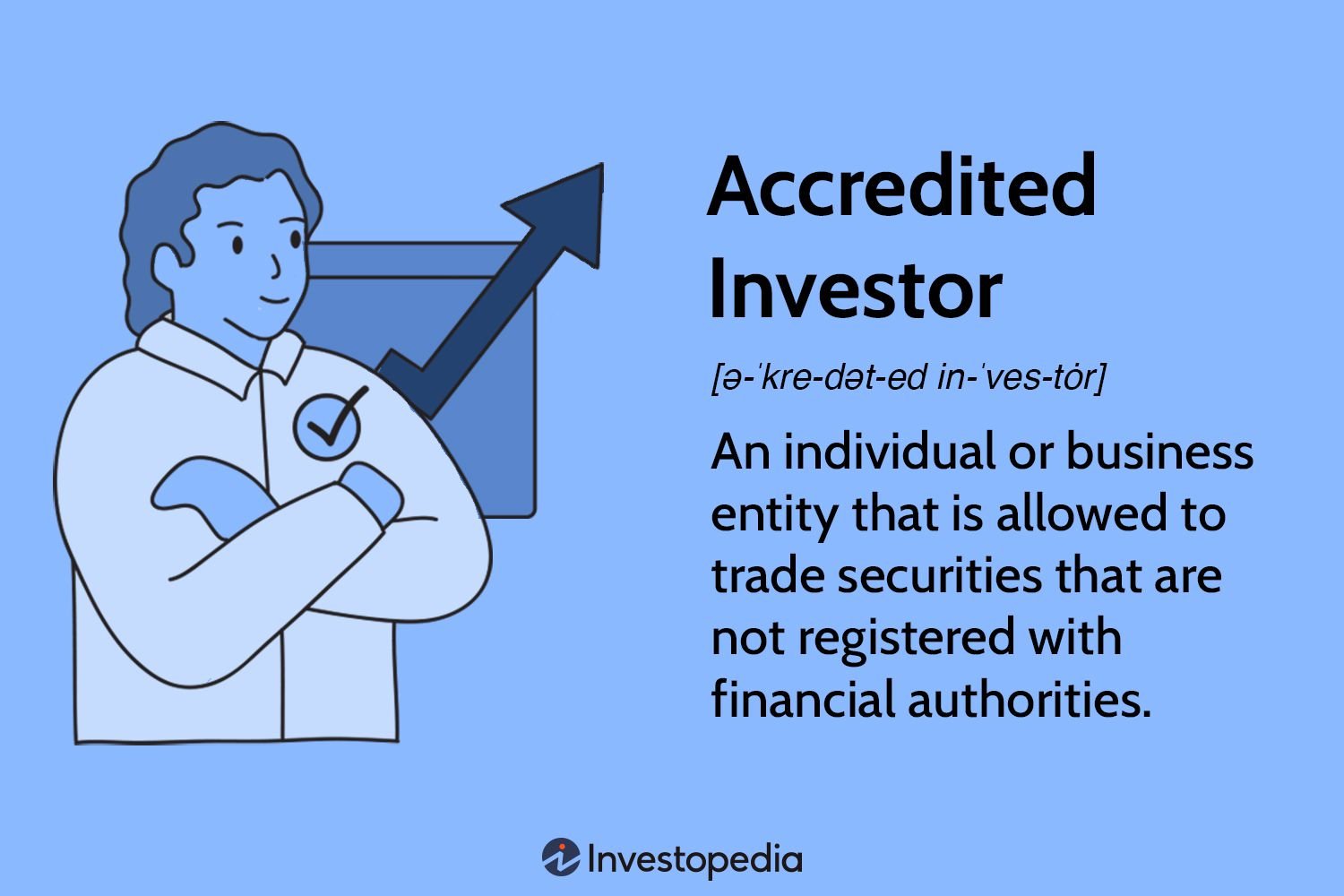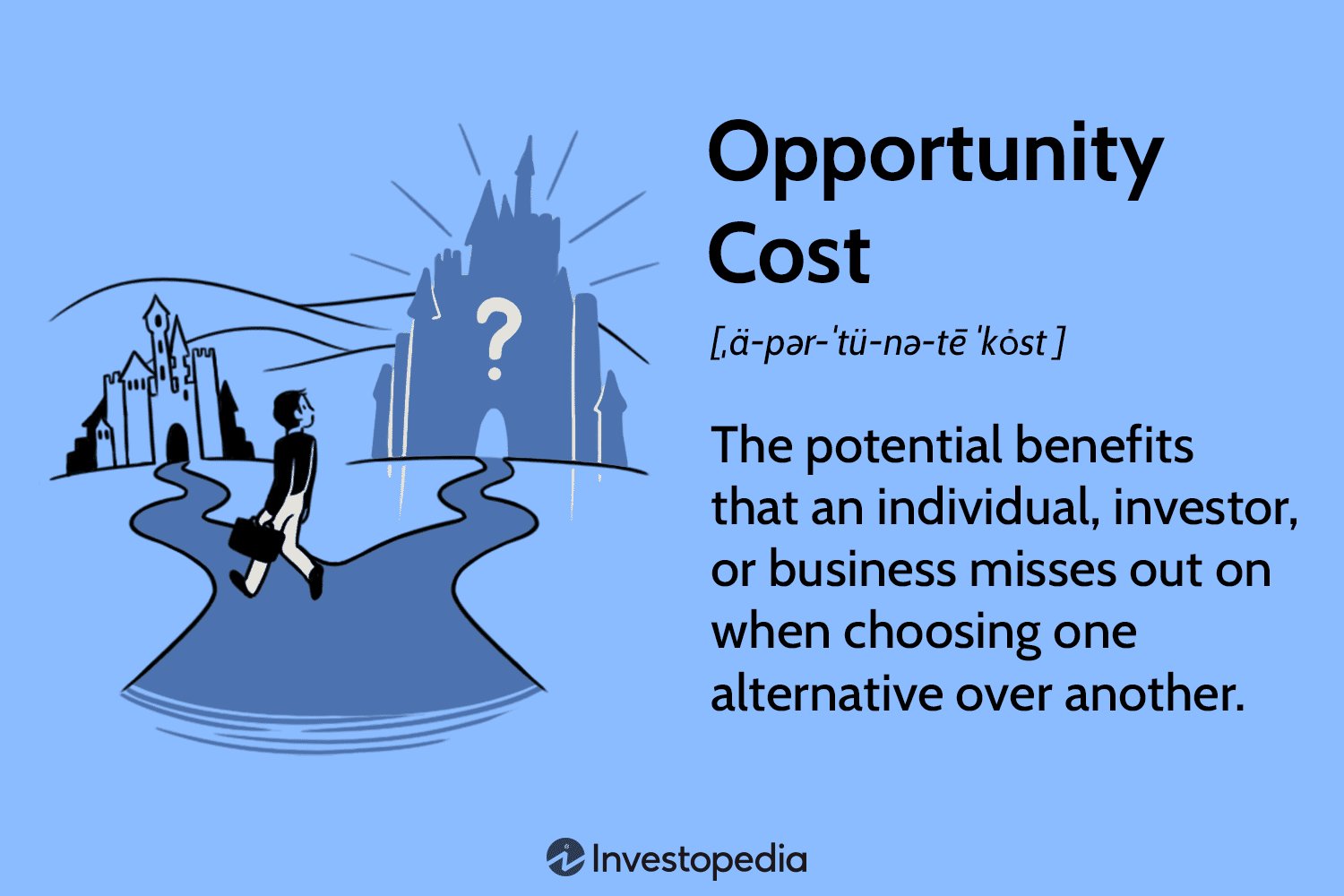Looking to maximize your retirement savings accounts? Look no further! In this article, we’ll delve into practical strategies and tips to help you make the most of your retirement funds. Whether you’re just starting out or nearing retirement, it’s never too late – or early – to take control of your financial future. By implementing smart saving and investing habits, you can ensure a comfortable retirement that aligns with your goals and aspirations. Let’s explore the key steps you can take to maximize your retirement savings accounts and secure a financially stable future.
Maximizing Your Retirement Savings Accounts
The Importance of Maximizing Your Retirement Savings
Saving for retirement is essential for ensuring financial security in your golden years. While Social Security benefits can provide some income, they may not be enough to cover all your expenses. That’s why maximizing your retirement savings accounts is crucial. By taking advantage of the various strategies and options available, you can build a substantial nest egg that will support you throughout your retirement.
Understanding Retirement Savings Accounts
Retirement savings accounts are specifically designed to help individuals save for their future. These accounts offer tax advantages and can include workplace-sponsored plans like 401(k)s, 403(b)s, or individual retirement accounts (IRAs). Here, we will explore several strategies to help you maximize your retirement savings across these different account types.
1. Contribute to Your Employer-Sponsored Retirement Plan
One of the most effective ways to boost your retirement savings is to contribute to your employer-sponsored retirement plan, such as a 401(k) or 403(b). These plans allow you to contribute pre-tax dollars, reducing your taxable income and potentially lowering your current tax bill. Additionally, many employers offer matching contributions, which means they will contribute a certain percentage of your salary to your retirement account. Be sure to contribute enough to take full advantage of this employer match—it’s essentially free money!
2. Take Advantage of Catch-Up Contributions
If you’re 50 years old or older, you have the opportunity to make catch-up contributions to your retirement accounts. Catch-up contributions allow you to save even more money toward retirement, beyond the regular contribution limits. For example, in 2021, individuals can contribute an extra $6,500 to their 401(k) and $1,000 to their IRA. By taking advantage of catch-up contributions, you can accelerate your retirement savings in the years leading up to retirement.
3. Consider Roth Accounts
While traditional retirement accounts offer tax-deferred growth and tax-deductible contributions, Roth accounts provide tax-free withdrawals in retirement. Contributions to a Roth 401(k) or Roth IRA are made with after-tax dollars, but withdrawals are tax-free as long as you meet certain criteria. Depending on your current and future tax situation, a Roth account may be more beneficial for your retirement savings strategy. Consider consulting with a financial advisor to determine if a Roth account is right for you.
Optimizing Your Individual Retirement Account (IRA)
1. Choose the Right IRA
When it comes to IRAs, you have two main options: Traditional and Roth. Both have their own benefits and considerations. If you anticipate being in a lower tax bracket during retirement, a Traditional IRA may be a better choice, as it allows you to deduct contributions from your taxable income. On the other hand, if you expect to be in a higher tax bracket when you retire, a Roth IRA may be more advantageous, as withdrawals are tax-free. Consider your current and future tax circumstances when deciding which type of IRA to prioritize.
2. Automate Your Contributions
Consistency is key when it comes to retirement savings. Automating your IRA contributions ensures that you consistently set aside money for your future, regardless of other financial obligations or temptations. Most financial institutions offer automatic transfers from your checking or savings account into your IRA. By automating your contributions, you take advantage of dollar-cost averaging, smoothing out the impact of market volatility over time.
3. Diversify Your Investments
To maximize your retirement savings, it’s important to diversify your IRA investments. Instead of focusing on a single asset class, such as stocks or bonds, consider diversifying across different investment options. This can include stocks, bonds, mutual funds, exchange-traded funds (ETFs), and other investment vehicles. Diversification helps reduce risk and increases the potential for long-term growth in your retirement account. Consider working with a financial advisor to create a well-balanced and diversified portfolio that aligns with your risk tolerance and long-term goals.
Strategies for Workplace-Sponsored Retirement Plans
1. Take Full Advantage of Employer Matching Contributions
Employer matching contributions are essentially free money that can significantly boost your retirement savings. Review your employer’s matching policy and contribute enough to maximize the match. If you can afford to contribute more, consider doing so to further enhance your retirement savings.
2. Review and Adjust Your Asset Allocation
As you get closer to retirement, it’s important to review and adjust your asset allocation within your workplace-sponsored retirement plan. As a general rule, the allocation should become more conservative as you approach retirement age. Consider shifting a portion of your investments from higher-risk assets to lower-risk options such as bonds and cash equivalents. This can help protect your savings from potential market downturns as you near retirement.
3. Utilize the Power of Compound Interest
Compound interest is a powerful tool for growing your retirement savings. By reinvesting the returns generated by your investments, your savings have the potential to grow exponentially over time. To fully benefit from compound interest, start saving for retirement as early as possible and avoid withdrawing funds before retirement. The longer your money stays invested, the more it can compound and grow.
Monitoring and Adjusting Your Retirement Savings Strategy
1. Regularly Review Your Retirement Plan
Life circumstances and financial goals change over time, so it’s important to regularly review your retirement savings strategy. Assess your progress, evaluate your investment choices, and consider making adjustments if necessary. This can include increasing your contributions, rebalancing your portfolio, or exploring new investment opportunities. A periodic review ensures that your retirement savings align with your evolving needs and objectives.
2. Seek Professional Guidance
Navigating the complexities of retirement savings can be overwhelming. If you’re unsure about the best strategies for maximizing your retirement savings accounts, consider seeking professional guidance. A financial advisor can provide personalized advice based on your unique situation, helping you make informed decisions and optimize your retirement savings.
3. Stay Informed about Tax Law Changes
Tax laws relating to retirement savings accounts can change over time. Staying informed about these changes can help you take advantage of new opportunities and avoid potential pitfalls. Subscribe to reliable financial publications and consult with a tax professional to ensure you’re making the most of the tax benefits associated with your retirement accounts.
In conclusion, maximizing your retirement savings accounts is crucial for a secure and comfortable retirement. By utilizing strategies such as contributing to employer-sponsored plans, taking advantage of catch-up contributions, considering Roth accounts, automating contributions, diversifying investments, and staying informed about tax laws, you can optimize your retirement savings. Remember to regularly review your retirement plan and seek professional guidance when needed. Start early, stay consistent, and watch your retirement savings grow over time. Your future self will thank you.
How to Maximize Your Retirement Savings
Frequently Asked Questions
Frequently Asked Questions (FAQs)
What are retirement savings accounts?
Retirement savings accounts are financial instruments designed to help individuals accumulate funds for their retirement. Examples of retirement savings accounts include 401(k) plans, Individual Retirement Accounts (IRAs), and pension plans.
How can I maximize my retirement savings accounts?
To maximize your retirement savings accounts, you can follow these strategies:
1. Start contributing early and consistently
2. Take advantage of employer matching contributions
3. Contribute the maximum allowable amount
4. Diversify your investments
5. Regularly review and update your allocations
6. Minimize fees and expenses
7. Consider catch-up contributions if eligible
8. Consult with a financial advisor for personalized guidance.
Can I contribute to multiple retirement savings accounts?
Yes, you can contribute to multiple retirement savings accounts simultaneously. For example, you can contribute to both a 401(k) plan and an IRA, as long as you meet the eligibility criteria and the contribution limits set by each account.
What is the difference between a traditional IRA and a Roth IRA?
A traditional IRA allows you to contribute money on a pre-tax basis, and the contributions and earnings grow tax-deferred until you withdraw the funds during retirement. In contrast, a Roth IRA requires after-tax contributions, but the withdrawals during retirement are tax-free if certain conditions are met.
Are there any income limits for contributing to a Roth IRA?
Yes, there are income limits for contributing to a Roth IRA. These limits vary depending on your filing status. For example, in 2021, single individuals with a modified adjusted gross income (MAGI) exceeding $140,000 and married couples filing jointly with a MAGI exceeding $208,000 are not eligible to contribute to a Roth IRA. However, there are certain income thresholds where contribution limits may phase out gradually.
What happens if I withdraw money from my retirement savings accounts before retirement?
Generally, if you withdraw money from your retirement savings accounts before reaching retirement age (usually 59.5 years), you may be subject to early withdrawal penalties and taxes. However, specific rules can vary depending on the type of retirement account. It is essential to consult with a financial advisor or tax professional for guidance on early withdrawals.
Can I roll over funds from one retirement account to another?
Yes, you can roll over funds from one retirement account to another. For example, you can transfer funds from a 401(k) plan to an IRA or from one IRA to another IRA. Rollovers can be done directly between the financial institutions or indirectly by receiving the distribution and depositing it back into a qualified account within 60 days to avoid taxes and penalties.
Is there a limit on the amount I can contribute to my retirement savings accounts each year?
Yes, there are contribution limits for retirement savings accounts, and these limits are set by the IRS. For example, in 2021, the annual contribution limit for 401(k) plans is $19,500 for individuals below 50 years of age. However, individuals aged 50 and above can make catch-up contributions of an additional $6,500, resulting in a total limit of $26,000. Similar contribution limits apply to other retirement accounts such as IRAs.
Final Thoughts
In conclusion, maximizing your retirement savings accounts is crucial for securing a comfortable future. Understanding the various retirement account options available, such as 401(k)s and IRAs, is essential to make informed decisions. Contributing the maximum allowed amount each year and taking advantage of employer matching programs can significantly boost your savings. Additionally, diversifying your investments and regularly reviewing your portfolio can help optimize returns. By proactively managing and prioritizing your retirement savings, you can ensure a financially stable retirement. Remember, maximizing your retirement savings accounts is a smart move towards a worry-free future.



